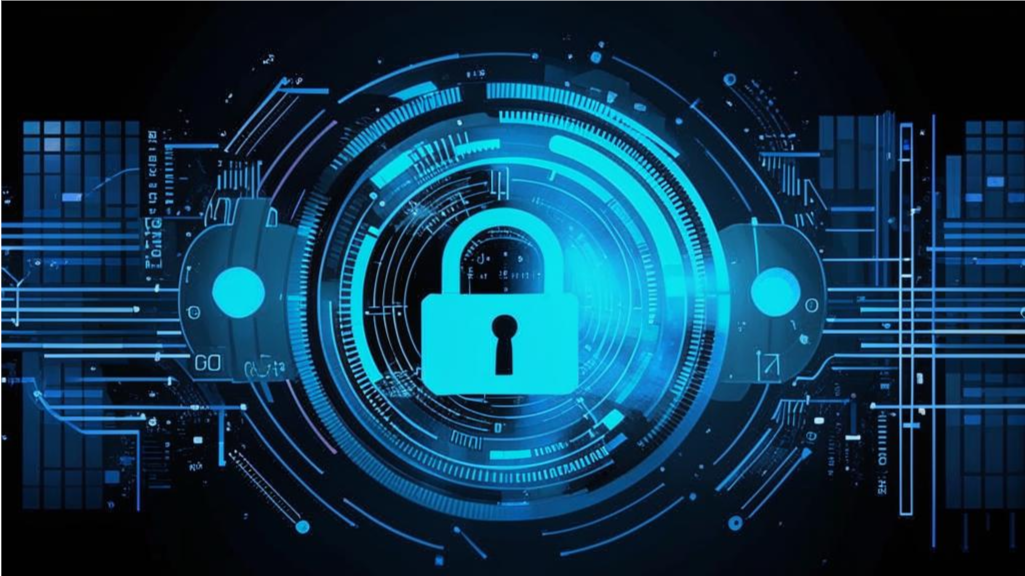The latest generation of computer memory, DDR5, promises higher speeds, increased bandwidth, and improved efficiency. However, recent research has revealed a serious vulnerability: DDR5 modules remain susceptible to Rowhammer attacks, raising concerns for blockchain networks, DeFi platforms, and crypto storage solutions.
What is Rowhammer?
Rowhammer is a type of hardware-based attack that manipulates the physical properties of DRAM memory cells. By repeatedly accessing (“hammering”) specific rows of memory, an attacker can flip bits in adjacent rows, potentially altering critical data without triggering conventional security mechanisms.
In the context of cryptocurrency and blockchain, this vulnerability could allow malicious actors to tamper with wallet software, smart contract computations, or transaction validation processes if a system relies on compromised memory.
DDR5 Isn’t Immune
Despite DDR5’s improved architecture and error-correcting features, tests show that certain modules are still vulnerable to bit-flipping attacks, even under normal operating conditions. Researchers emphasize that attackers can exploit these flaws without physical access to the hardware, using sophisticated software scripts.
“Rowhammer demonstrates that hardware-level threats are still very real, even in modern memory solutions like DDR5,” says Dr. Lena Howard, a cybersecurity researcher specializing in blockchain security.
Implications for the Crypto Industry
- Wallet Security Risks: Users storing private keys in systems with vulnerable DDR5 memory could face potential theft or corruption.
- DeFi Protocols: On-chain computations or off-chain oracle data stored in compromised memory could be manipulated, risking financial losses.
- Enterprise Blockchain Systems: Companies relying on DDR5-based servers for blockchain infrastructure may need to re-evaluate hardware security to avoid costly breaches.
Mitigation Strategies
- Enhanced ECC Memory: Leveraging advanced error-correcting code (ECC) can reduce the probability of bit flips, though not completely eliminate the risk.
- Memory Access Randomization: Randomizing memory access patterns can make Rowhammer attacks significantly more difficult.
- Hardware and Software Updates: Regular firmware and OS updates, combined with memory-hardening techniques, can reduce vulnerability exposure.
DDR5’s speed and efficiency are crucial for high-performance crypto applications, from trading algorithms to blockchain nodes. However, security at the hardware level remains a critical concern. Blockchain developers and crypto users alike must stay vigilant, integrating robust memory protections and continuously monitoring for emerging threats.
As DeFi and crypto adoption grows, understanding and addressing hardware vulnerabilities like Rowhammer will be key to safeguarding digital assets.


